Techniques for Purifying Water Contaminated with Sand
💦 Clean water is the lifeblood of our planet, essential for our survival and well-being. It’s like the oxygen we breathe; we can’t live without it. Yet, for many communities around the world, access to clean water is a distant dream.
Sand contamination is a common problem that can make water unsafe to drink. Sand particles can carry bacteria, viruses, and other harmful microorganisms that can cause illness. It can also clog pipes and damage appliances.
Table: Effects of Sand Contamination on Water Quality
| Parameter | Effects |
|---|---|
| Turbidity | Increased |
| Color | Brownish or yellowish |
| Taste | Gritty |
| Odor | Earthy or musty |
| Microbiological | Increased bacteria and viruses |
Understanding Sand Contamination
Effects of Sand on Water Quality 😰
Sand contamination can wreak havoc on water quality. It clouds the water, making it murky and unappealing. The tiny sand particles can also clog pipes and appliances, leading to frustrating breakdowns. But perhaps the most concerning effect of sand contamination is its impact on human health. Ingesting sand can cause digestive issues, and prolonged exposure to contaminated water can increase the risk of waterborne diseases.
Sedimentation is a simple yet effective method for removing sand from water. It involves allowing the water to sit undisturbed for a period of time, allowing the sand particles to settle to the bottom of the container. The clearer water can then be decanted or filtered through a cloth or paper filter.
Sedimentation is most effective for removing larger sand particles. Smaller particles may remain suspended in the water and require further filtration methods. The rate of sedimentation depends on the size and density of the sand particles, as well as the temperature and viscosity of the water. Warmer water and less viscous water promote faster sedimentation.
Gravity Filtration
A Simple Solution for Muddy Waters 💧
Gravity filtration is a simple yet effective method for removing sand from water. It’s like giving your water a gentle hug, allowing it to flow through a filter and leave behind the unwanted particles.
To set up a gravity filter, you’ll need a few basic materials: a clean cloth or paper, a container to hold the filtered water, and a funnel or a sieve. Line the funnel with the cloth or paper, and place it over the container. Pour the sandy water into the funnel, and gravity will do the rest. The water will slowly seep through the filter, leaving the sand trapped behind.
Gravity filtration is a great option for situations where you need to filter small amounts of water, such as when you’re camping or hiking. It’s also a cost-effective method, as you don’t need any fancy equipment. Just remember to use a clean filter material and to replace it regularly to ensure the best results.
Pressure Filtration 💦
Pressure filtration has its perks and pitfalls. On the plus side, it’s a more efficient way to remove finer sand particles and other impurities. The pressure helps force water through the filter, trapping even the tiniest bits of sand. It’s also a relatively quick process, making it a good choice for large-scale water purification.
But like anything in life, there are some drawbacks too. Pressure filtration requires a bit more equipment than gravity filtration, including a pump to create the necessary pressure. This can make it more expensive and complex to set up. Additionally, the filters used in pressure filtration systems can clog more quickly, requiring more frequent maintenance.
Table: Pressure Filtration Pros and Cons
| Pros | Cons |
|---|---|
| Efficient removal of fine particles | Requires more equipment |
| Quick process | Can be expensive |
| Suitable for large-scale purification | Filters clog more quickly |
HOW TO FILTER WATER AND SAND ON YOUTUBE
Sedimentation is a simple yet effective technique that allows sand particles to settle to the bottom of the water. This method takes advantage of the difference in density between sand and water. Over time, the sand particles will sink, leaving the water clearer. The rate of sedimentation depends on factors like particle size, water temperature, and the presence of other impurities. Patience is key here, as it can take several hours or even days for the sand to settle completely. But hey, who needs instant gratification when you can have naturally filtered water? 💧
Coagulation and flocculation are like the secret weapons in the battle against sand contamination. These processes use chemicals to transform tiny, elusive sand particles into larger, more manageable clumps. 💡 Imagine it like a magic spell that suddenly makes the sand particles easier to filter out.
Coagulation involves adding a chemical, such as alum or iron salts, to the water. These chemicals create positively charged ions that attach themselves to the negatively charged sand particles. This charge reversal neutralizes the sand’s ability to repel each other, allowing them to come together. ✨
Flocculation follows coagulation, where a second chemical, such as a polymer, is added. This polymer acts like a sticky glue, binding the clumped sand particles together into larger flocs. These flocs are much easier to remove through subsequent filtration steps. 💪
The benefits of coagulation and flocculation are undeniable. They significantly improve the efficiency of filtration, especially for water with high sand content. However, it’s important to note that these chemicals can alter the water’s pH and may require additional treatment before consumption. 💧
Disinfection – The Final Touch 💧
After the water has been filtered, it’s time to give it a final polish – disinfection! This step is crucial to eliminate any nasty bacteria or microorganisms that may have snuck through the filtration process. Just like a doctor giving a patient a clean bill of health, disinfection ensures your water is sparkling clean and safe for consumption.
There are a few common ways to disinfect water:
- Chlorination: Adding chlorine to the water kills bacteria and other microbes. It’s like giving your water a powerful germ-fighting potion! 🧙♂️
- Ozonation: Using ozone gas to disinfect the water. Imagine ozone as a tiny army of oxygen soldiers fighting off the bad guys! 💪
- Ultraviolet (UV) disinfection: Exposing the water to UV light, which damages the DNA of bacteria and viruses, leaving them harmless. It’s like a superhero with a UV sword, slicing and dicing the germs! ⚔️
Disinfection is the final step in the water filtration process, ensuring your water is not only clean but also safe to drink. It’s like putting the finishing touches on a masterpiece, giving you peace of mind that your water is pure and refreshing. 💧
Filtration Equipment
Choosing the Right Filter
Selecting the ideal filter for your water and sand filtration needs is crucial. Consider the following factors:
- Type of water source: Different filters are designed for specific water sources, such as wells, rivers, or lakes.
- Level of contamination: The severity of sand contamination will determine the filtration method and filter capacity required.
- Flow rate: Choose a filter that provides an adequate flow rate to meet your water usage demands.
- Cost and maintenance: Factor in the initial purchase price as well as ongoing maintenance costs, such as filter replacements.
Table of Filter Types:
| Filter Type | Pros | Cons |
|---|---|---|
| Gravity Filter | Simple to use, inexpensive | Slow flow rate, limited capacity |
| Pressure Filter | Faster flow rate, higher capacity | Requires a pump, more expensive |
| Sedimentation Tank | Removes large sand particles, low cost | Requires large space, slow process |
| Coagulation/Flocculation | Effective for fine sand particles | Chemical additives required, complex process |
“Water is the elixir of life,” they say, and for good reason. Clean water is essential for our health, well-being, and survival. Contaminated water can lead to a host of illnesses, from mild discomfort to life-threatening conditions.
Sand contamination, while not as dangerous as some other contaminants, can still pose risks. Sand particles can clog water filters and pipes, leading to reduced water flow and pressure. They can also create a breeding ground for bacteria and other microorganisms.
By filtering water and removing sand, we can ensure that we have access to clean, safe water for drinking, cooking, and other purposes. It’s a simple but effective way to protect our health and well-being.
Tips for Maintaining Clean Water Sources:
- Regularly clean and maintain water filters.
- Inspect water sources for signs of contamination.
- Boil water before drinking if there are concerns about its safety.
- Conserve water to reduce the risk of contamination.
- Educate others about the importance of clean water.
Together, we can work towards a world where everyone has access to safe, clean water.
WATER FILTRATION – DRINKING WATER & GROUND WATER KIDS’ STUFF
SAND FILTER – WIKIPEDIA
HOW MUCH ARE BRITA WATER FILTERS
HOW LONG DO BRITA WATER BOTTLE FILTERS LAST
HOW TO USE WATER FILTER CANDLE FIRST TIME
HOW DO ACTIVATED CHARCOAL WATER FILTERS WORK
HOW MUCH ARE BRITA WATER FILTERS

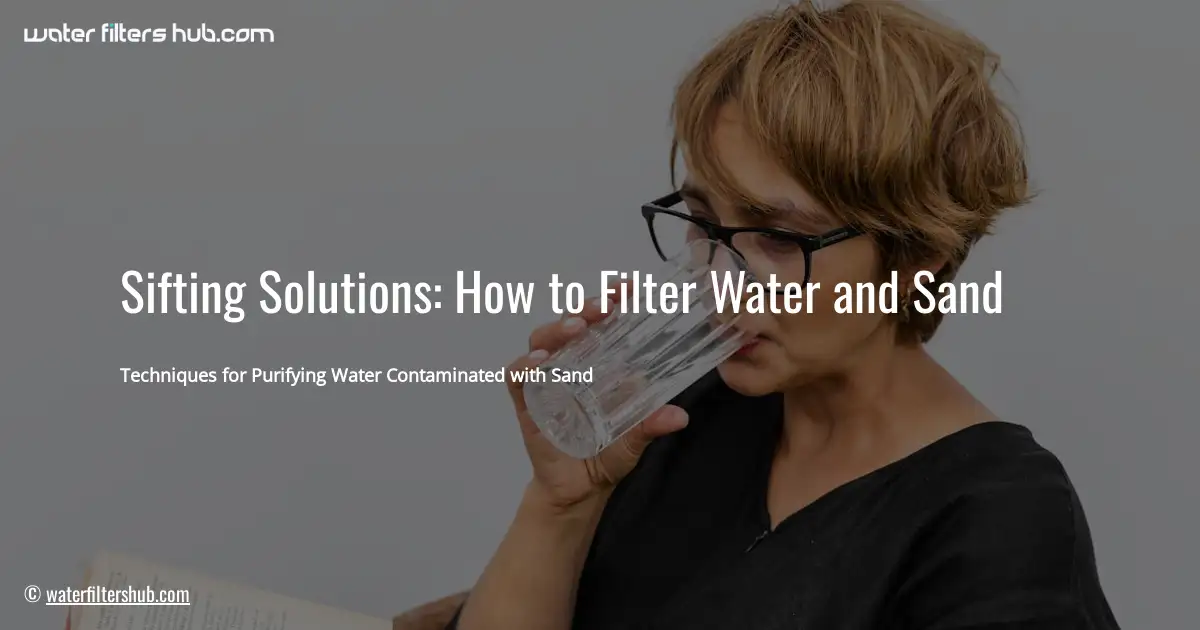
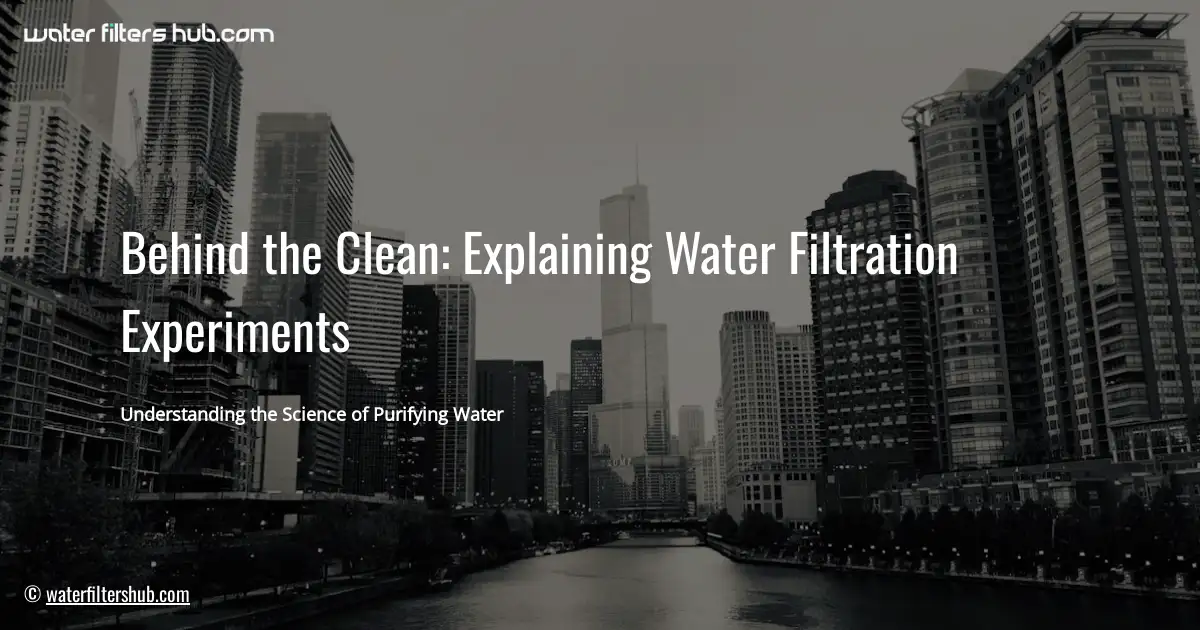
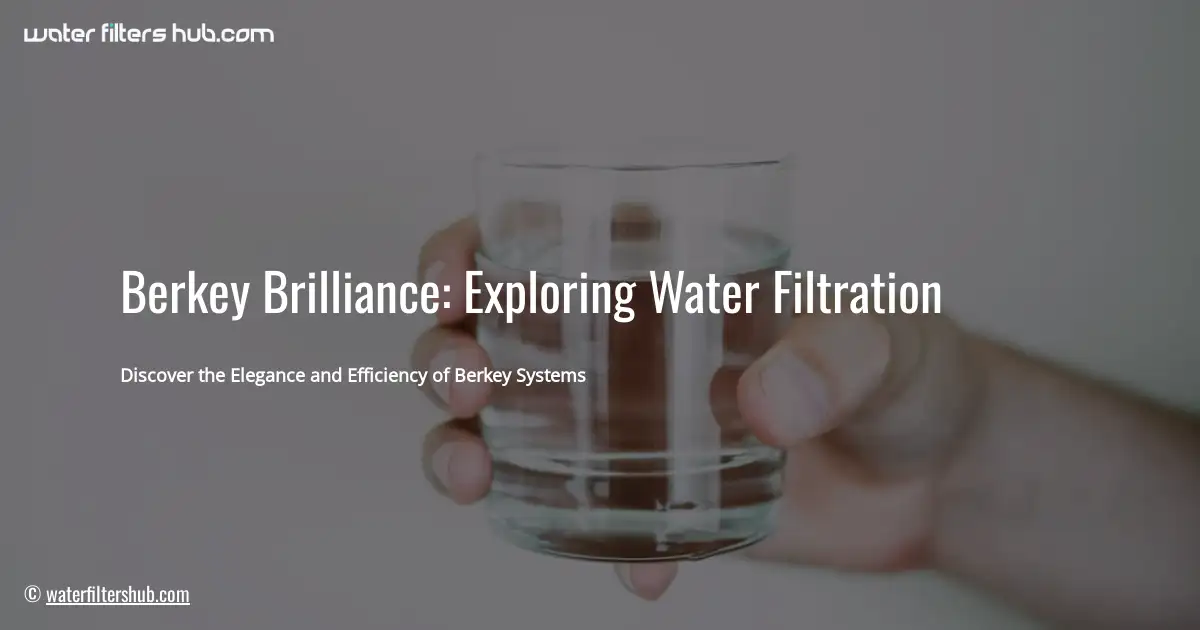
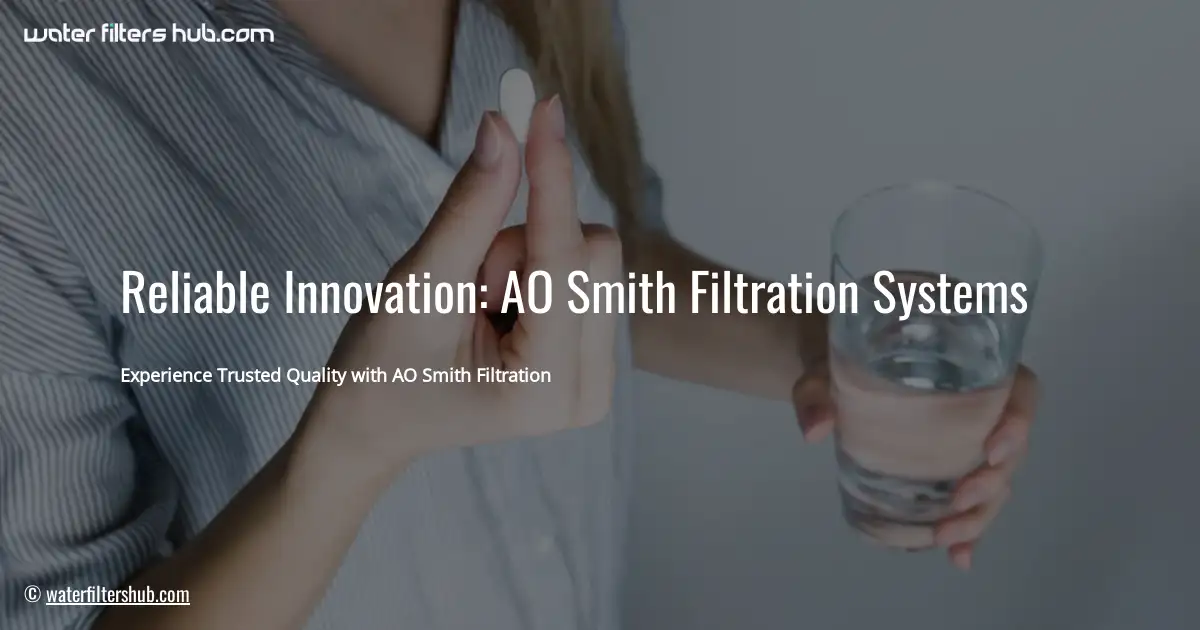
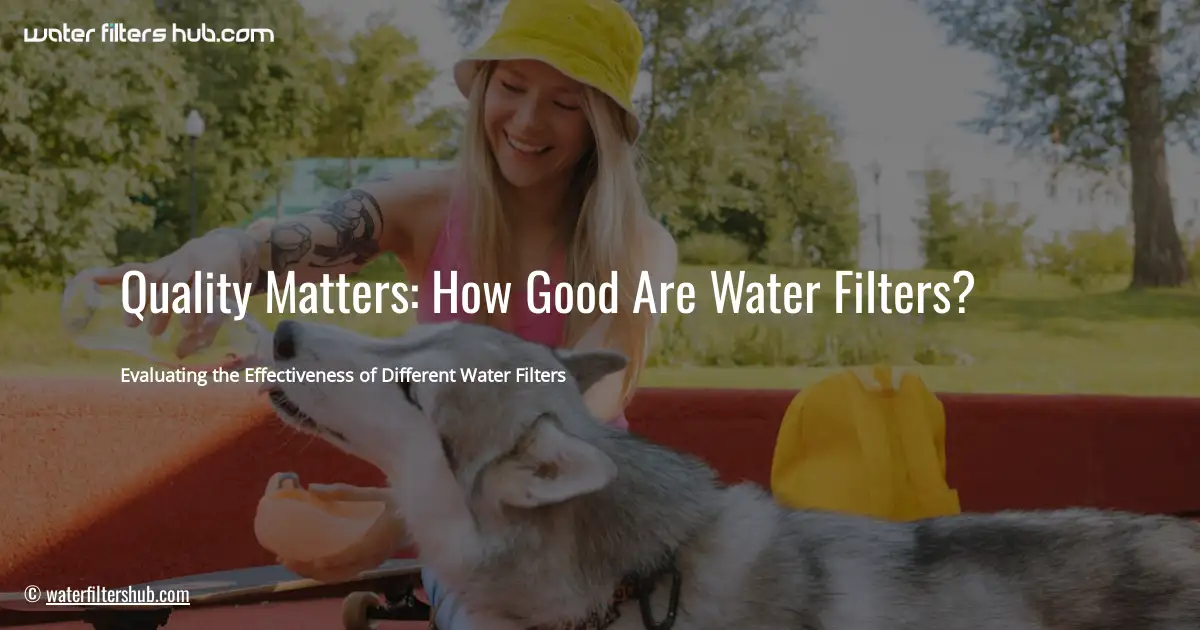
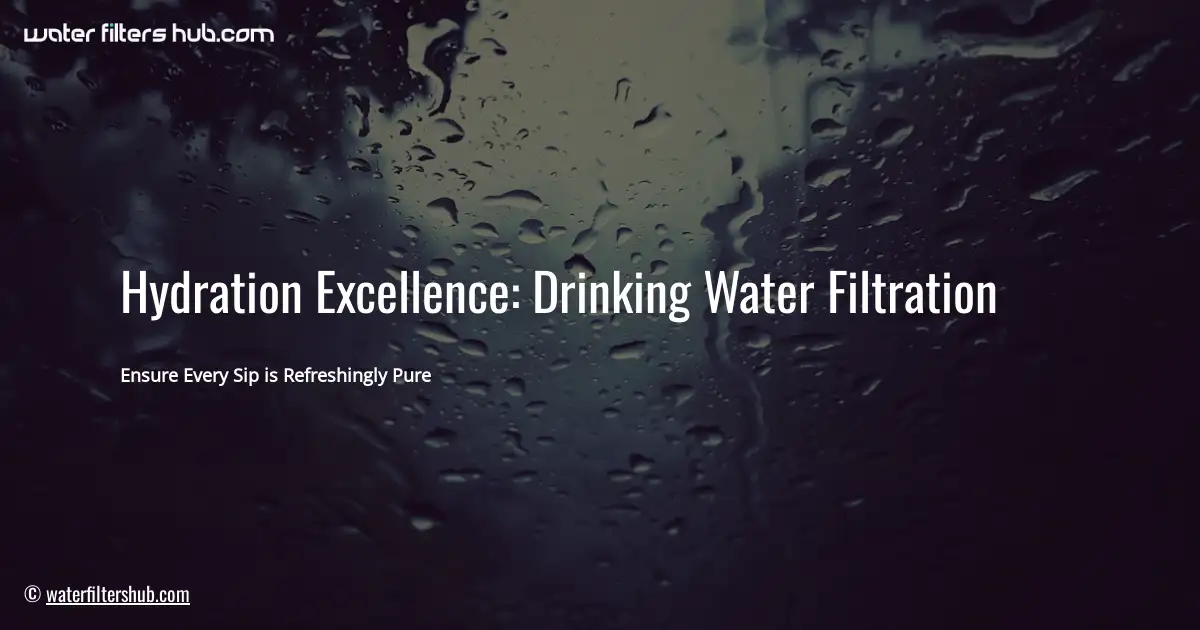
Leave a Reply